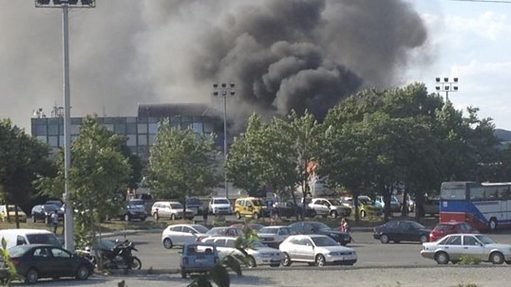Terror in Germany
In the German media there is an increasing focus on terror. Terrorist warnings are called, terrorist attacks are reported, people are unsure how to assess the situation. What are the developments and stories behind those attacks? What brings people to radicalism? How are these topics approached in German films and can we learn from history?
RAF
In the 1970s to 1990s, the left-wing extremist terrorist group RAF in Germany tried to achieve its political goals with murders, kidnappings, bank robberies and bomb attacks. Among the victims of the RAF were President of the Employer Association Hanns Martin Schleyer, Federal Public Prosecutor Siegfried Buback and the spokesman of Deutsche Bank, Alfred Herrhausen.
Baader, Ensslin and others committed suicide. Years later, in 1998 the RAF announced their dissolution.
NSU
„Actions instead of words“ - those were the first lines in the claim of responsibility via video of the National Socialist Underground (NSU). The series of murders committed by the right-wing extremist terrorist group NSU has caused dismay worldwide. During more than 13 years Uwe Böhnhardt, Uwe Mundlos and Beate Zschäpe have been killing, bombing and have robbed over a dozen banks. Shortly after the suicide of her two accomplices in 2011, Zschäpe burned the hideout of the group in Zwickau and surrendered herself to the police. Soon the investigators realized: The bloody track of the terrorist group stretches throughout the whole country. How could the offenders become that radical? Why have the security services failed so many times? And how big is the actual network of right-wing terrorists in Germany? Several investigation commitees and a court process are supposed to answer those questions. The trilogy “In the middle of Germany: NSU” combines three films by three renowned German directors, who approach the topic from three different perspectives: the perpetrators, the victims and the investigators.
-
16.02.
- 17.02.2018 -
23.02.
- 24.02.2018 -
02.03.
- 03.03.2018
